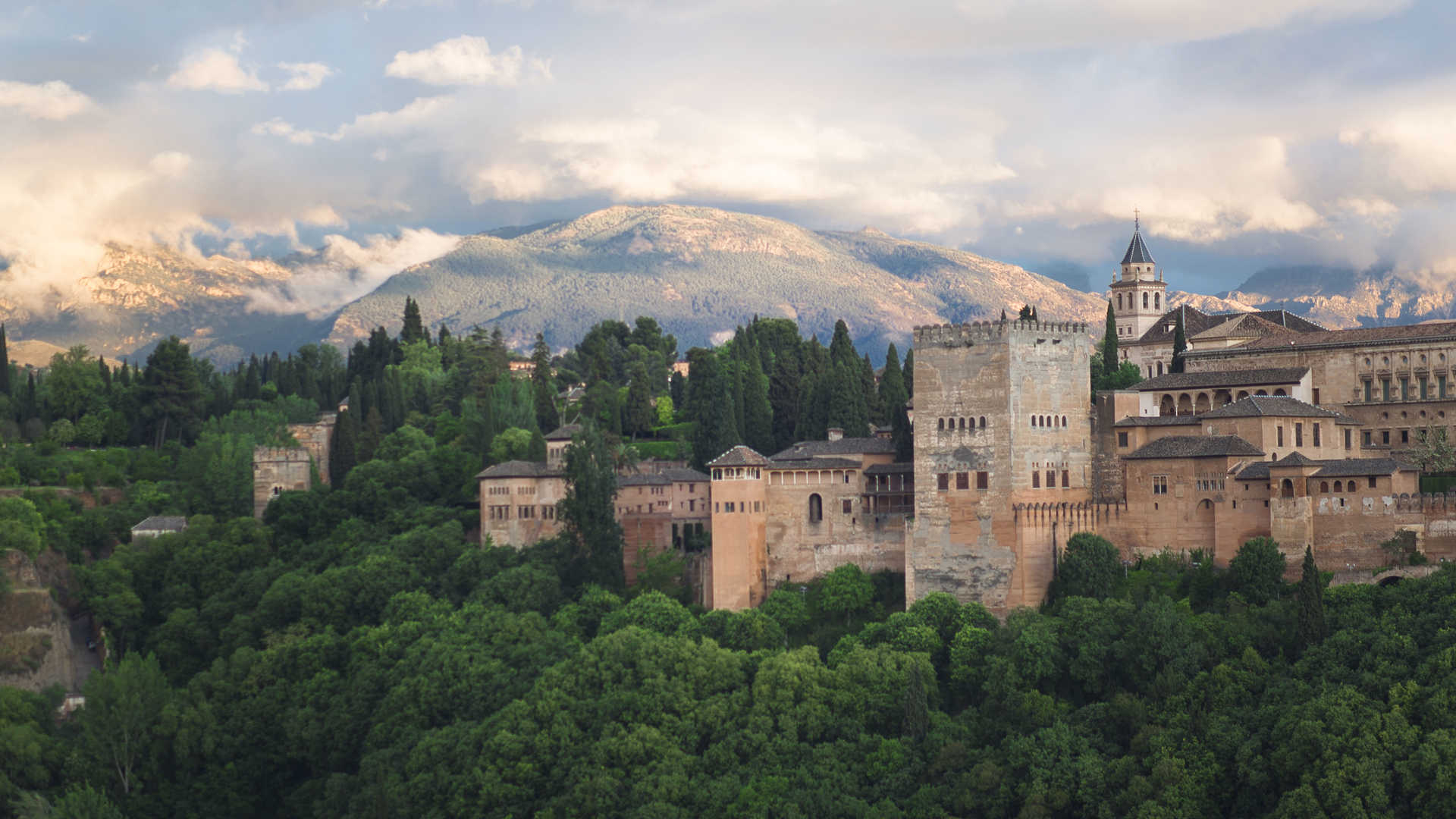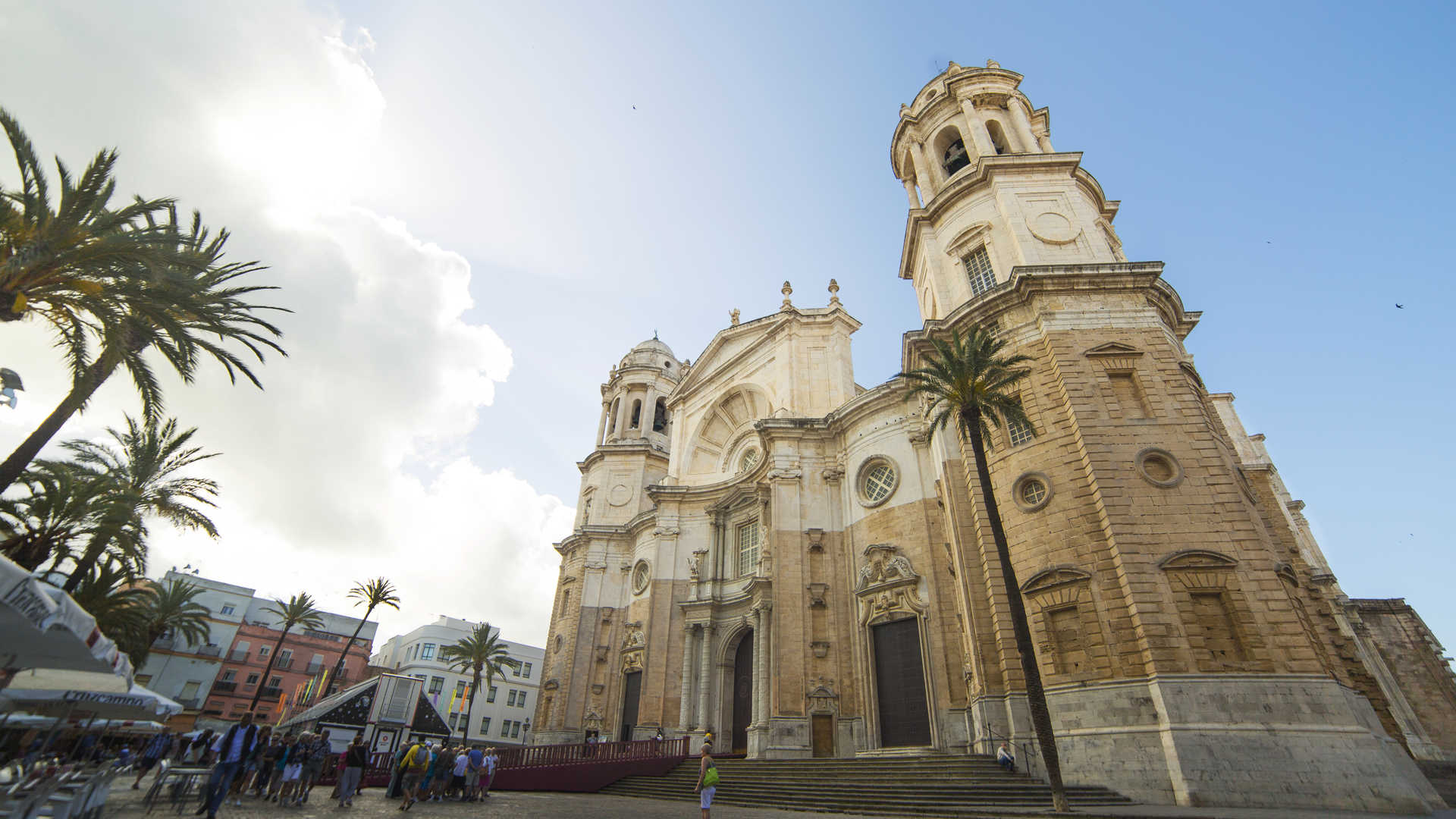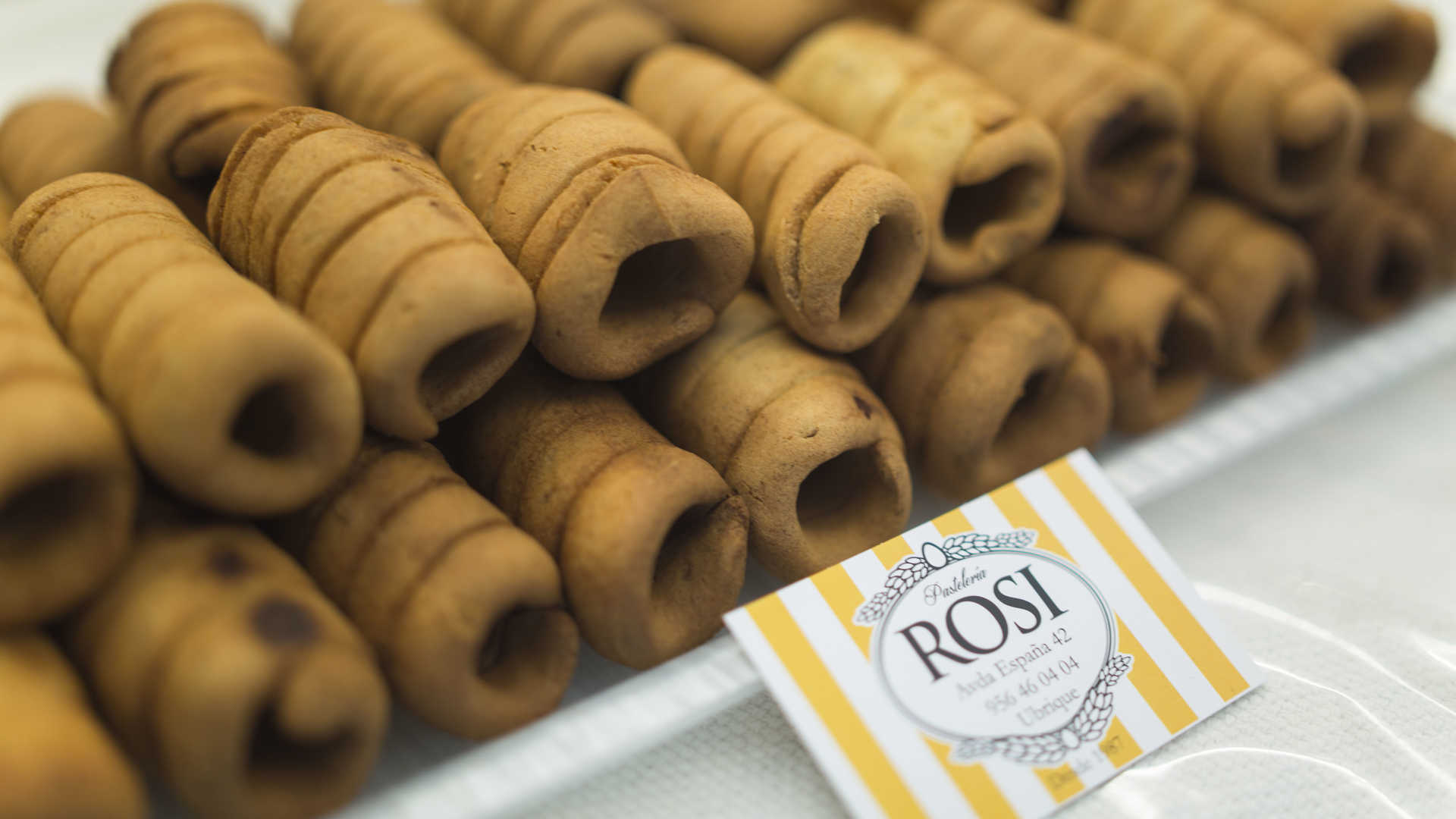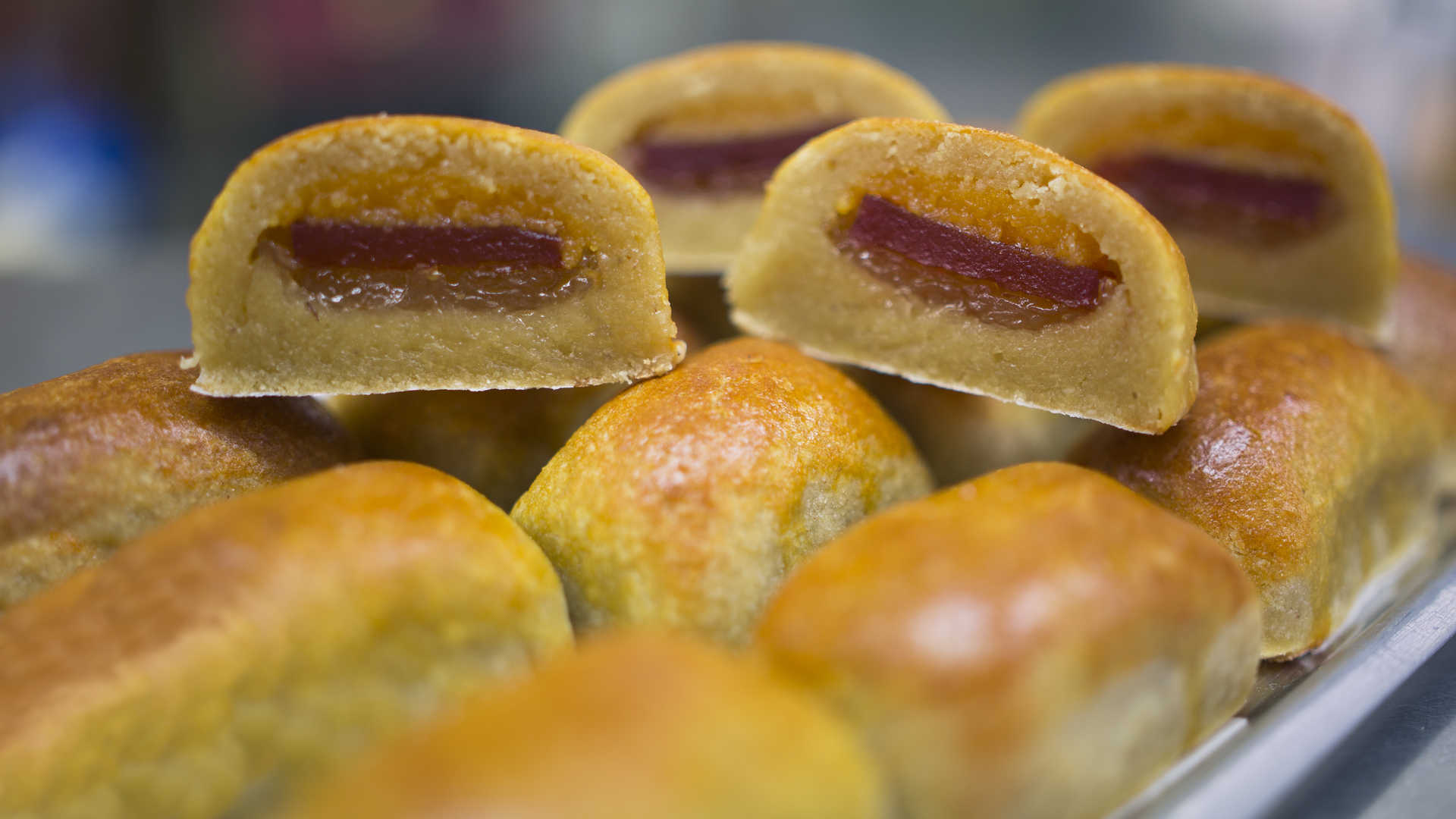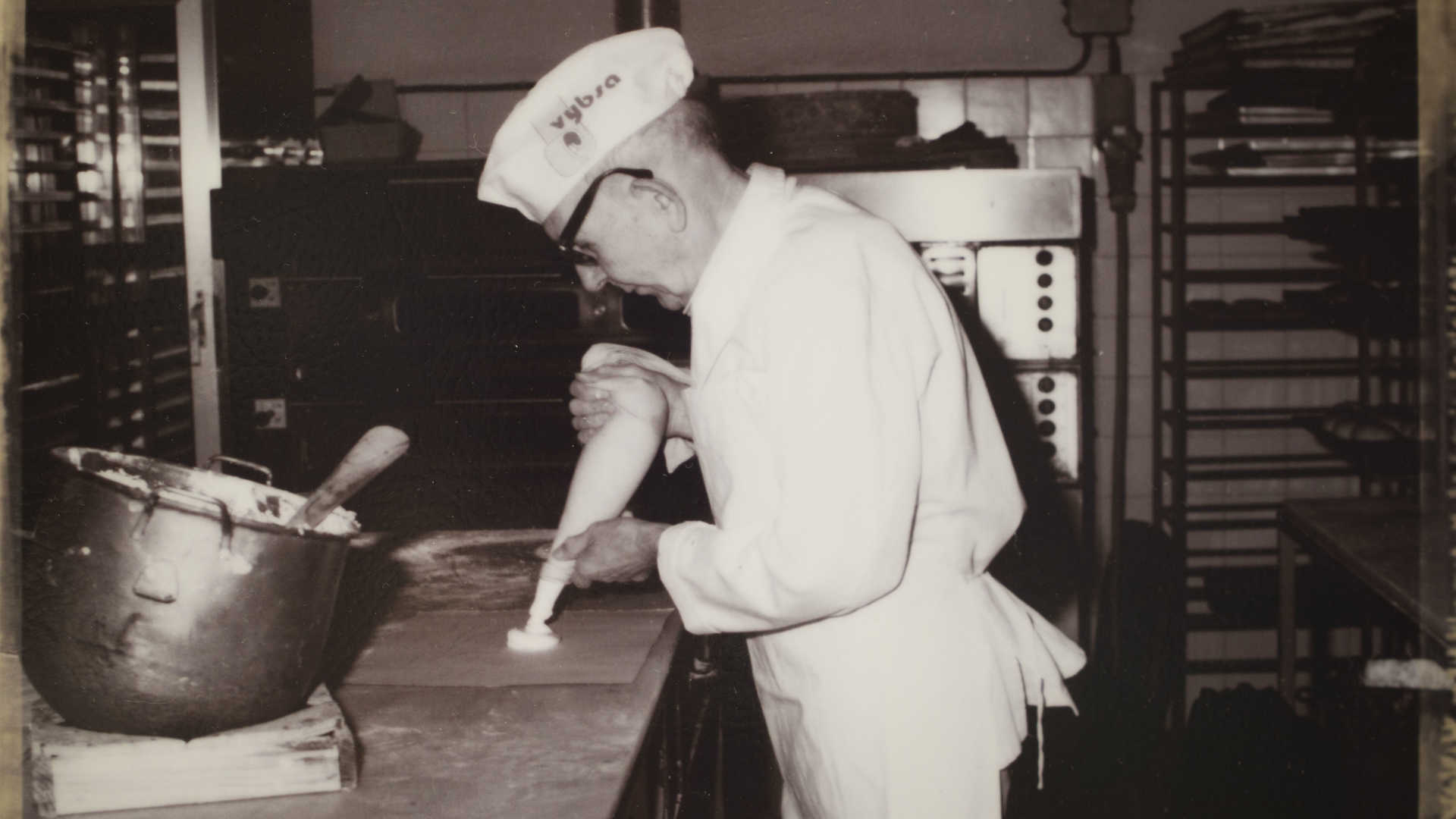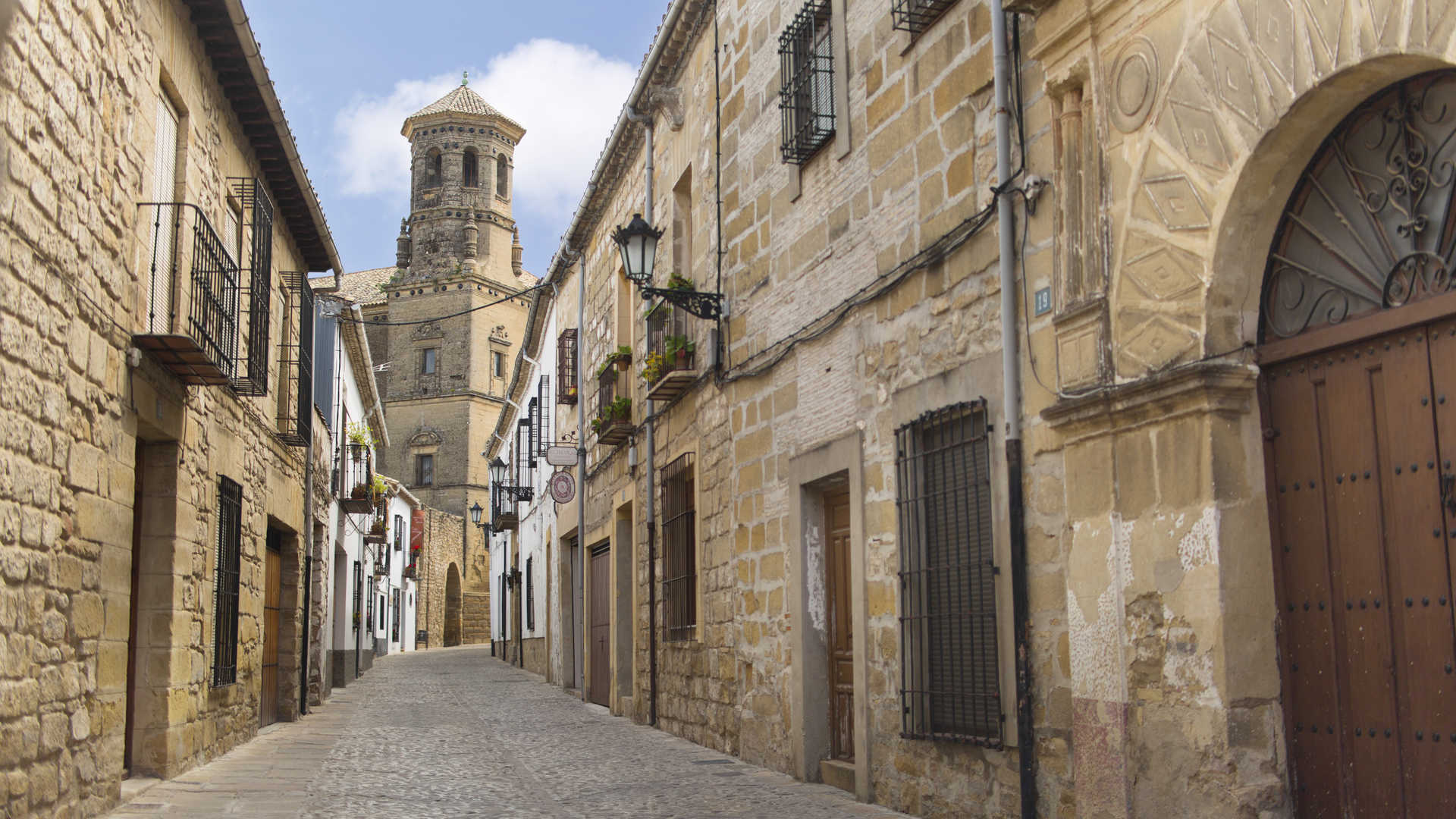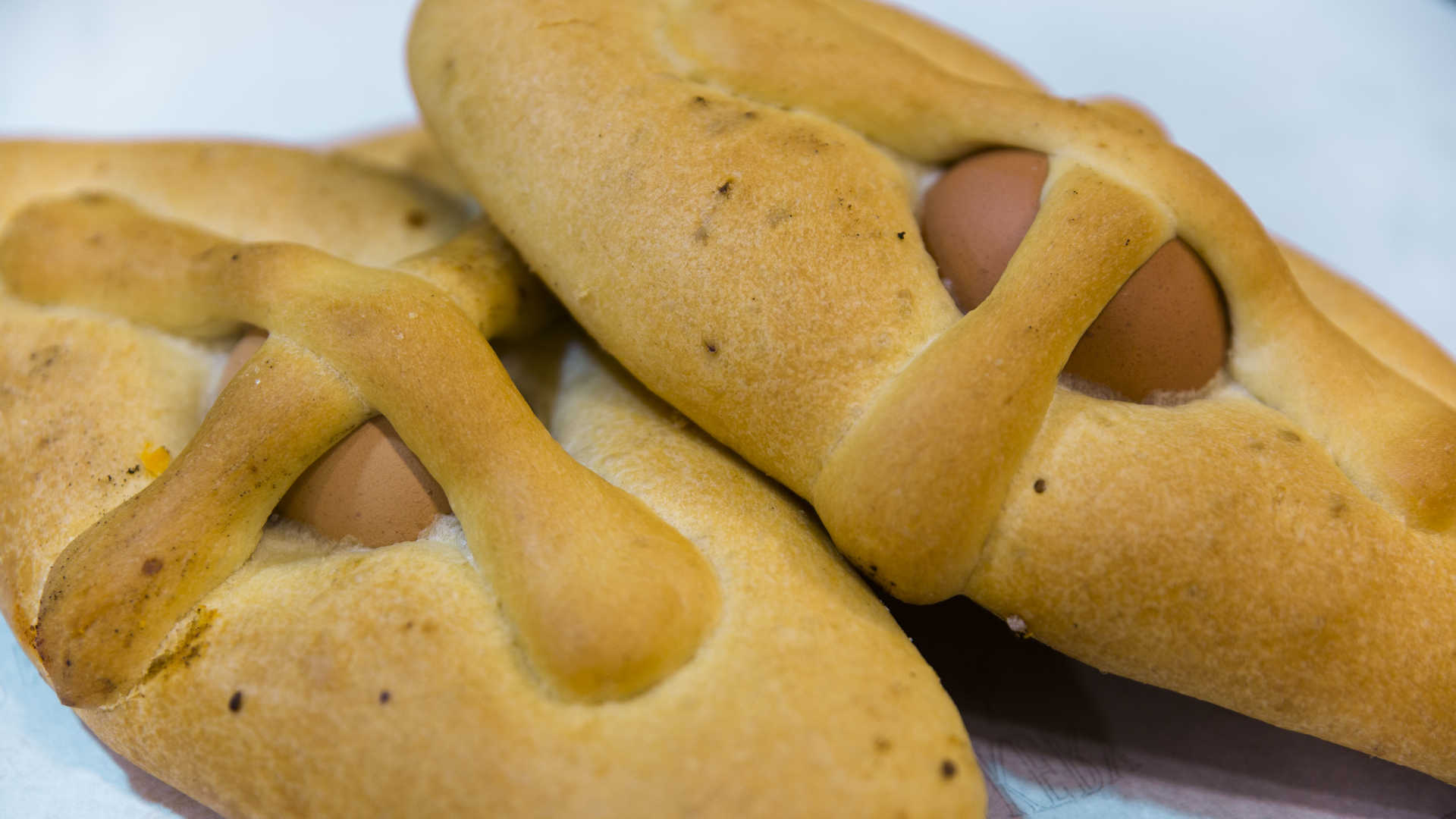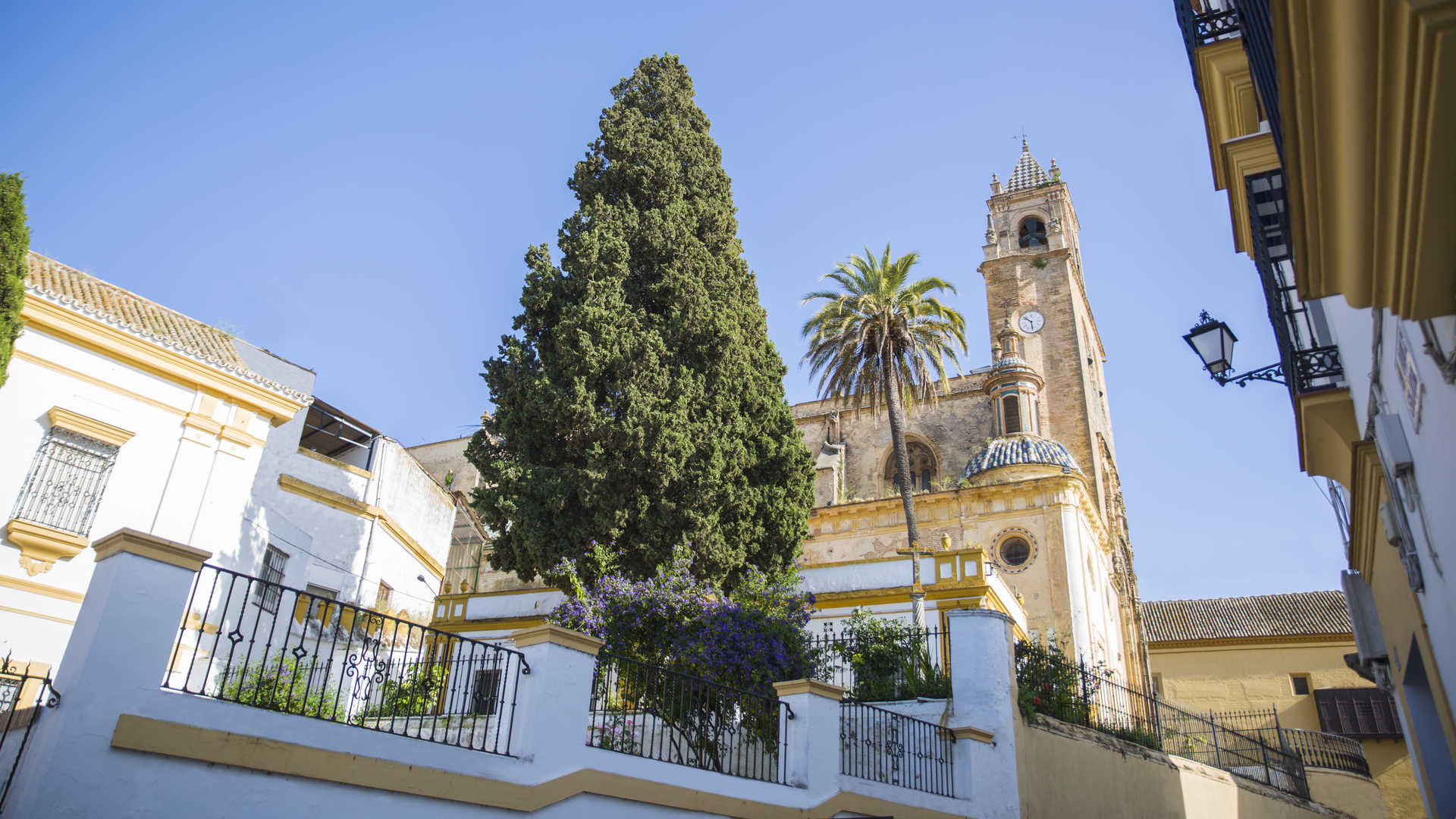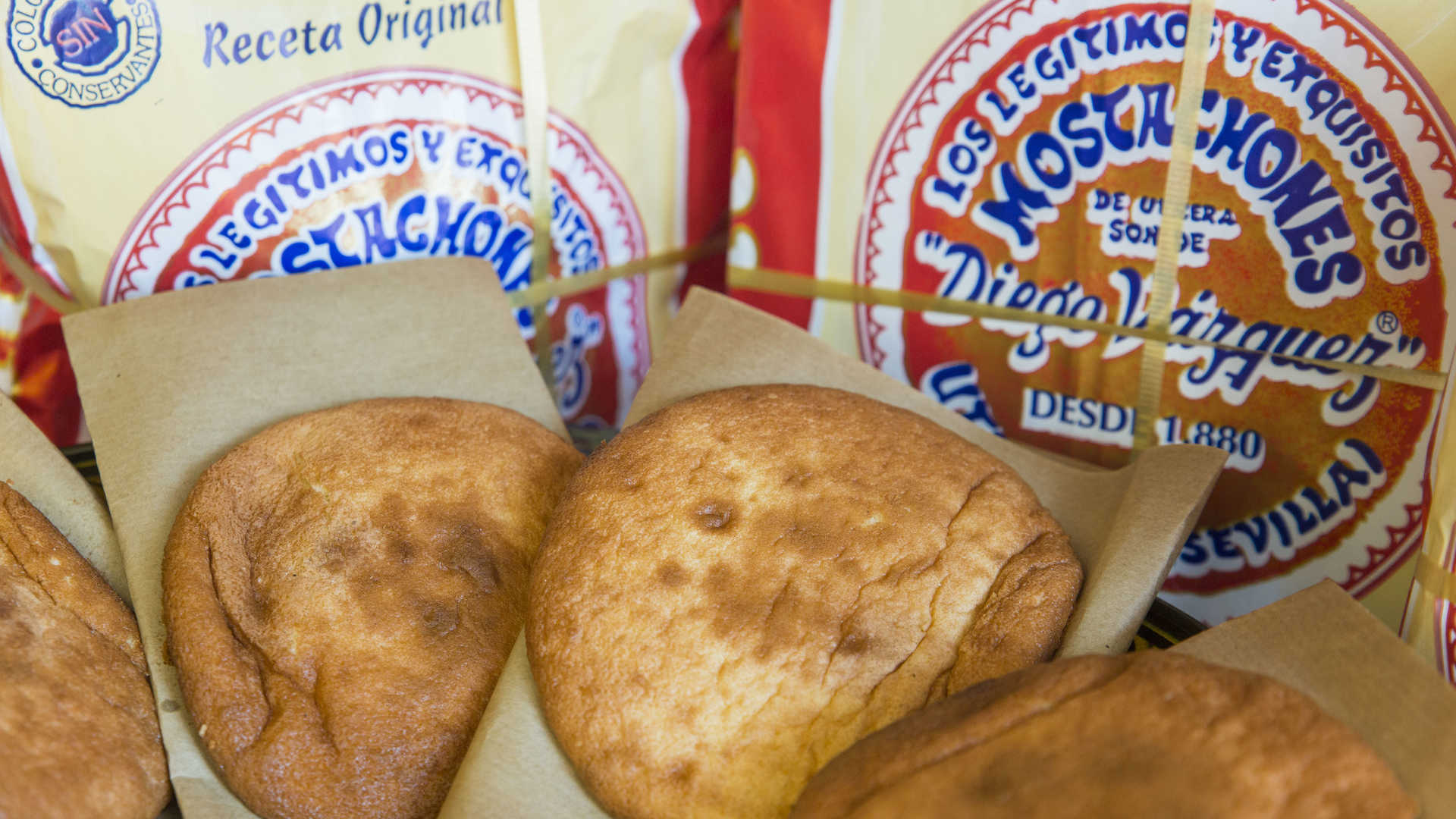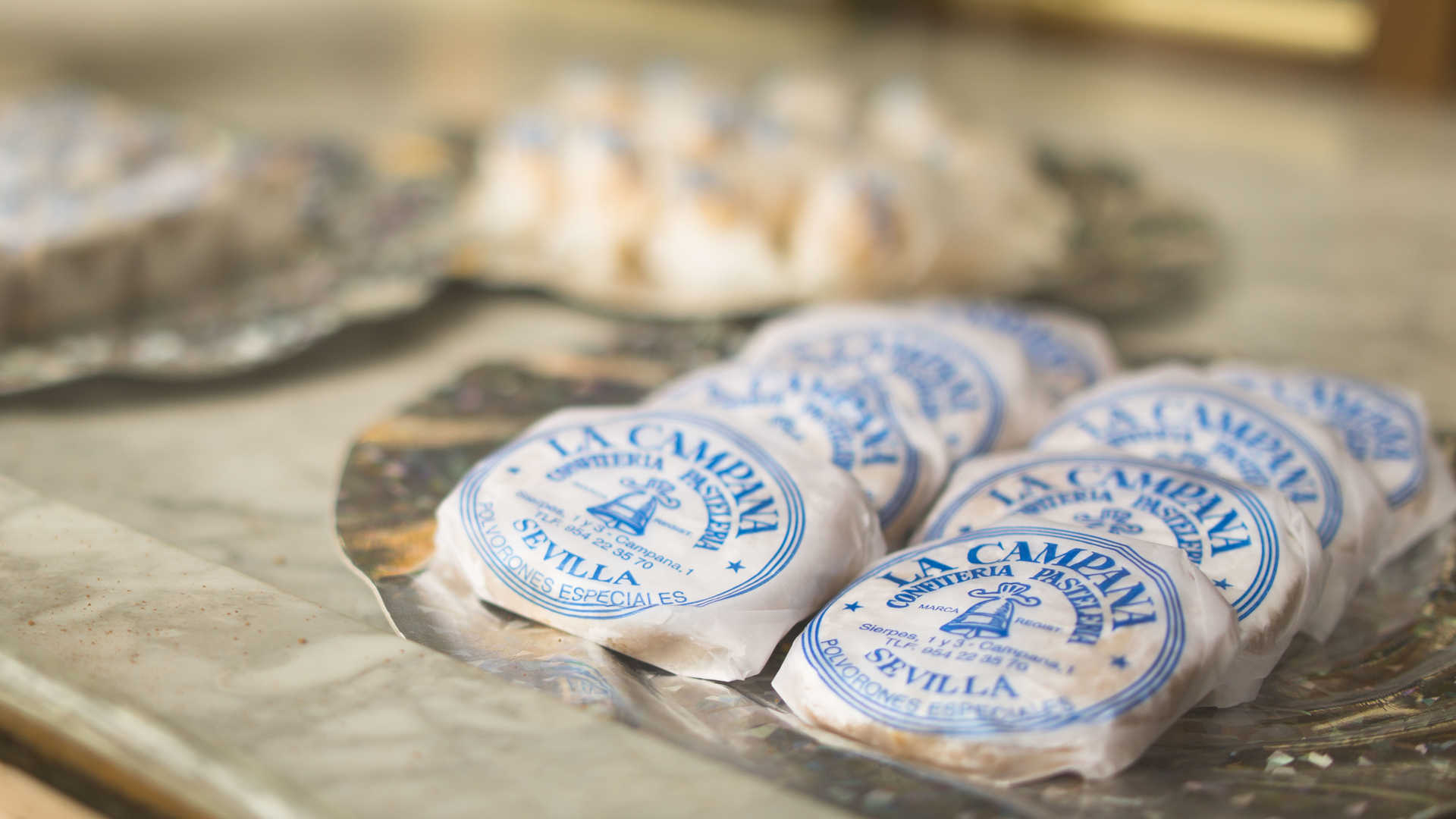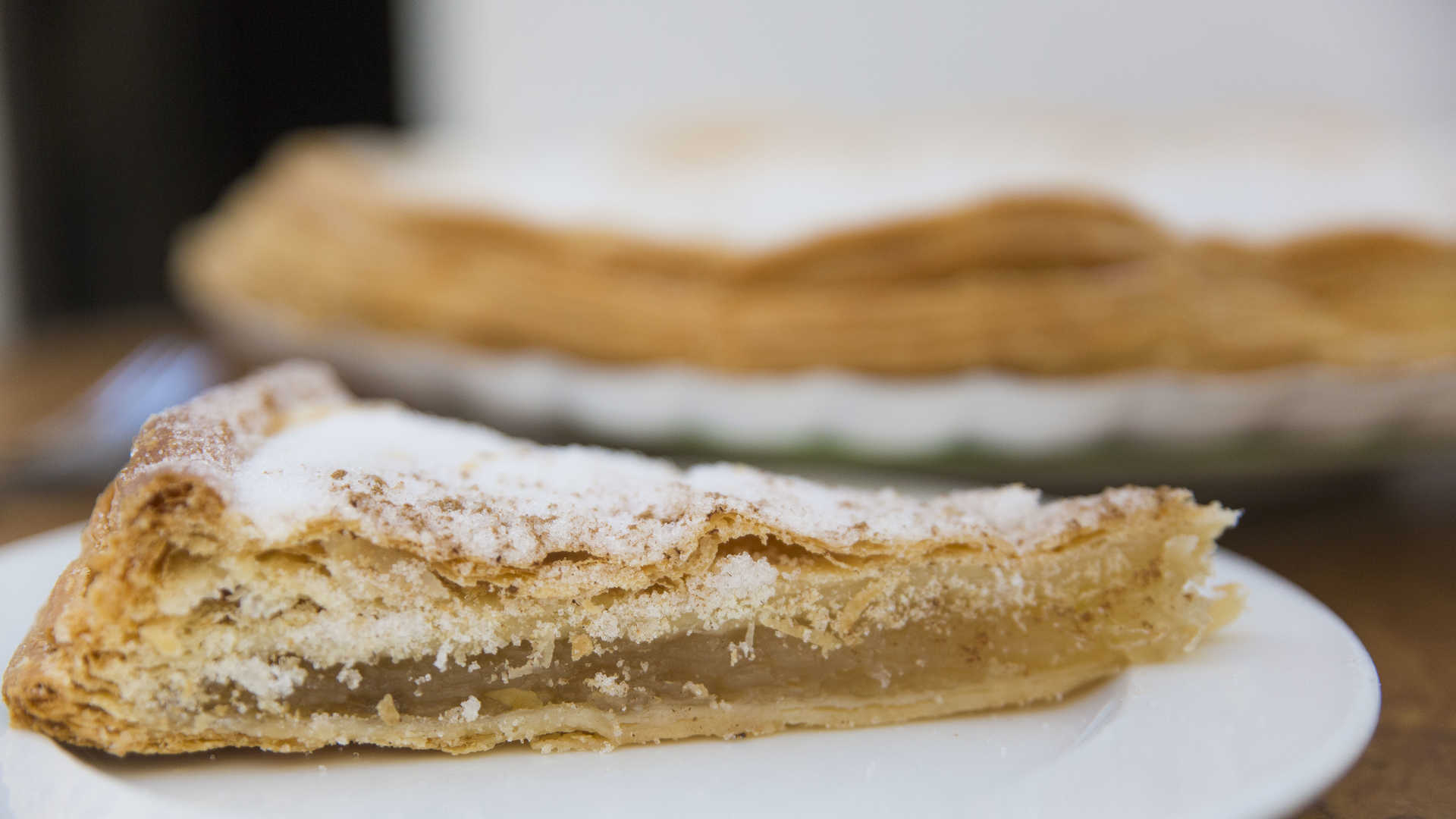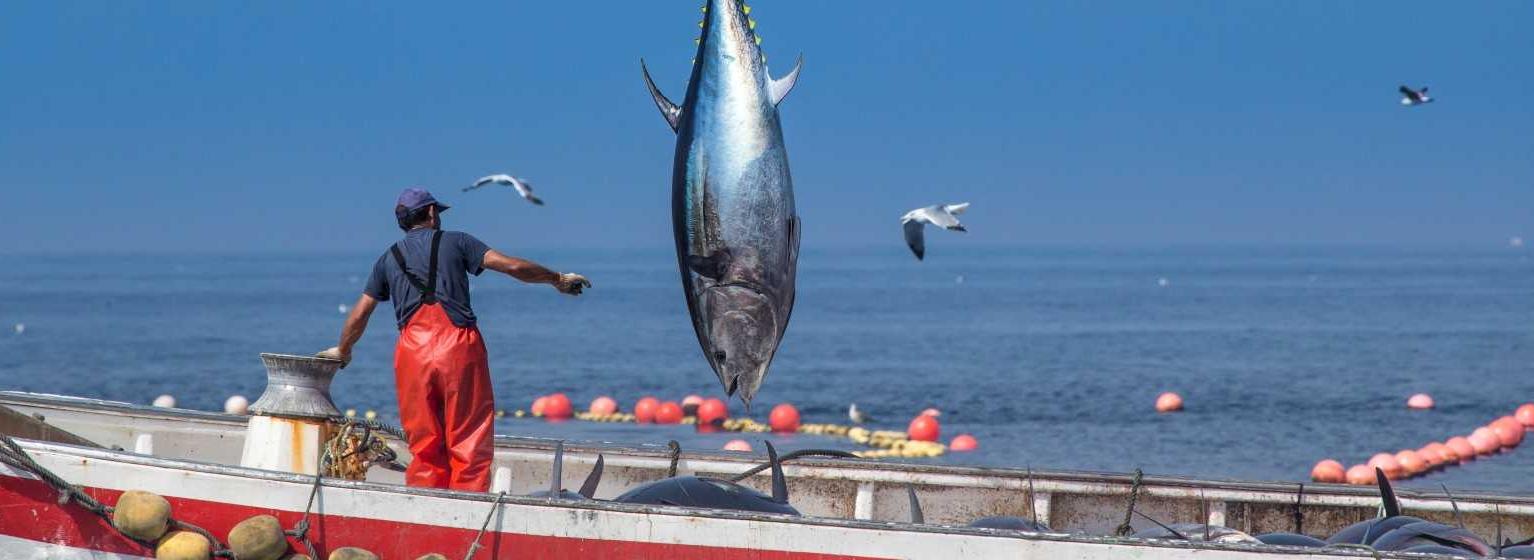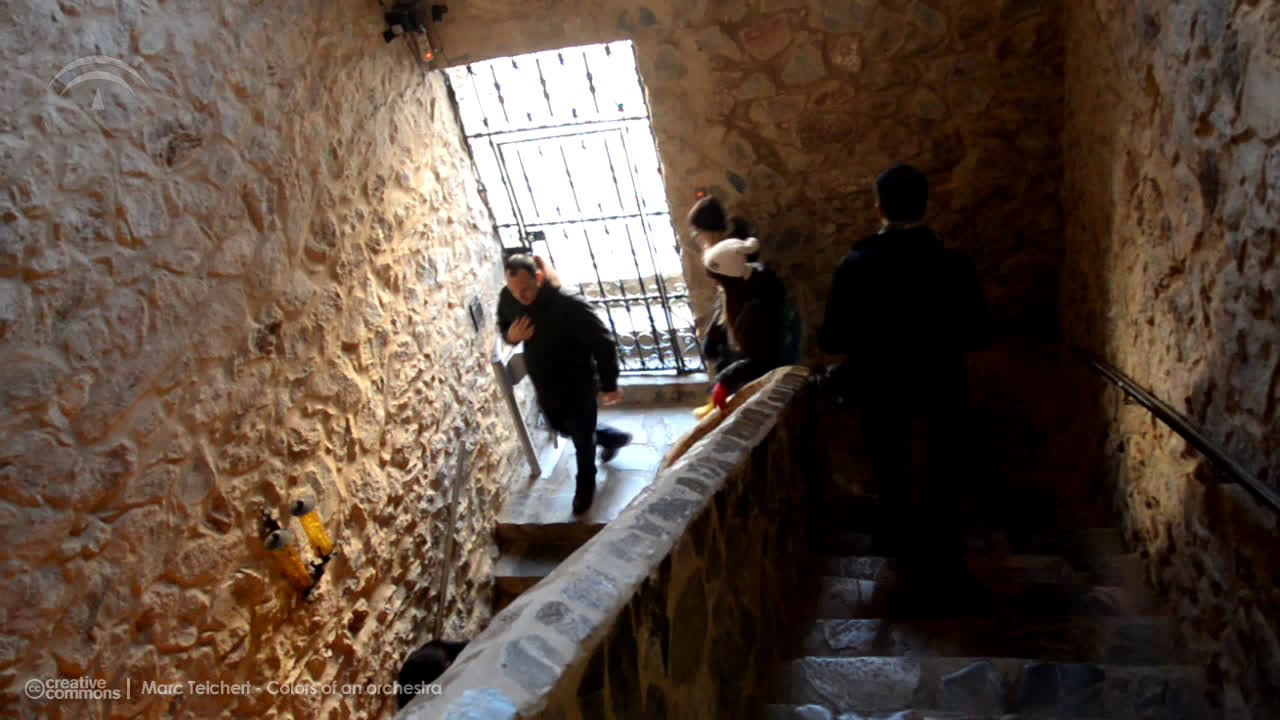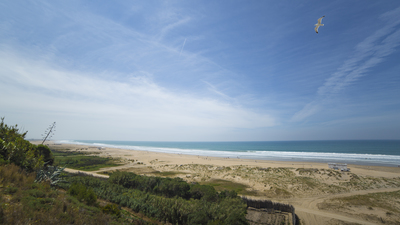The most typical desserts in Andalusia
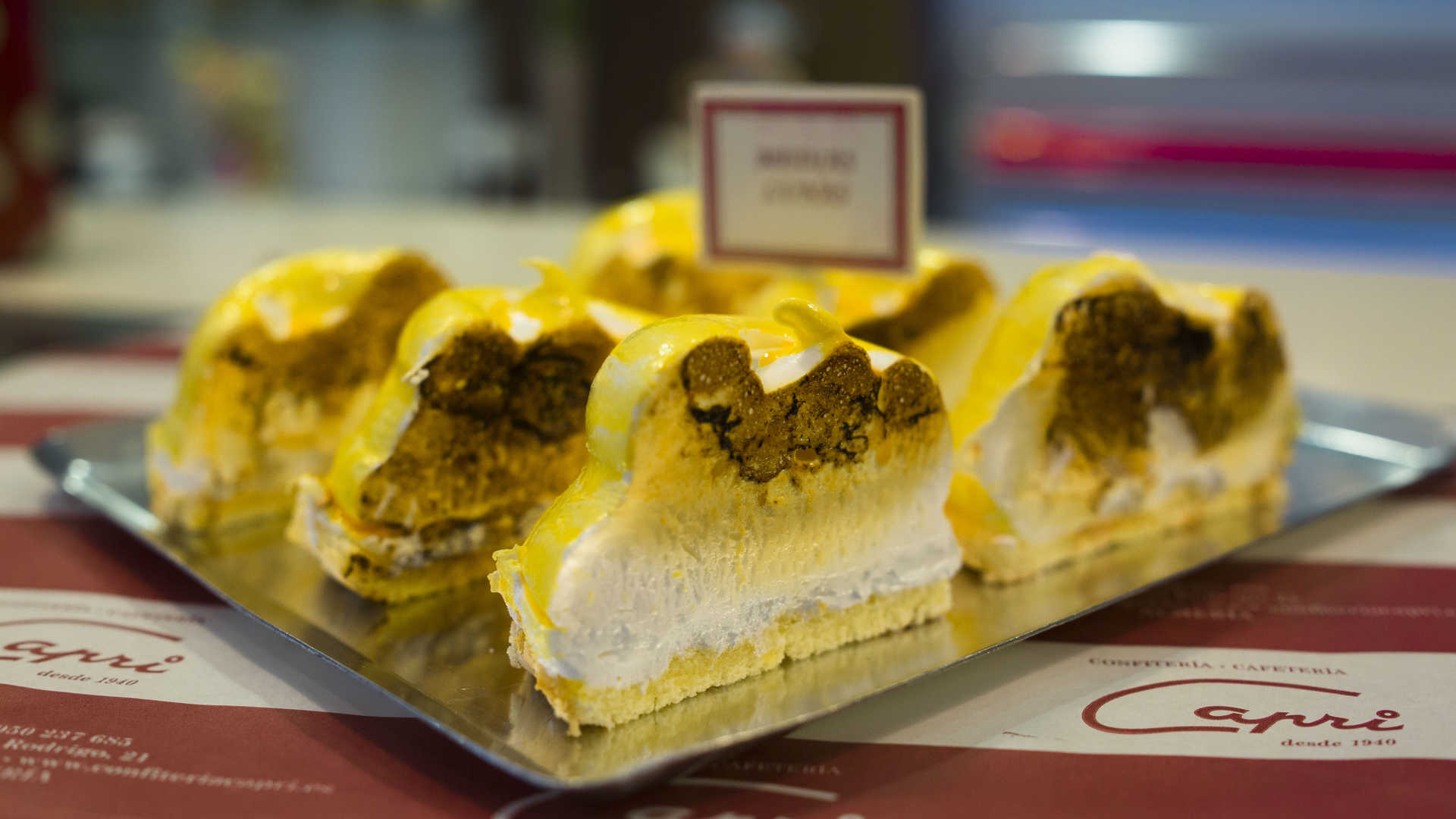
Enjoy the delights of the sweetest part of Andalusia. Discover and try these typical desserts in each province.
Do you like meringue? Come to Almería and try a half-moon pastry.
Apart from the incredible paradise of Cabo de Gata, the province of Almería has so much more to offer. Here meringue is the star of the show, and that is what the city's professional pastry makers say. The half-moon is one of the most traditional pastries in Almería, and a favourite with the city's inhabitants. The meringue used for this pastry is so easy to make.
Take beaten egg whites and add a little icing sugar. The next step is to spread it over sponge cake, made from sugar, flour and water (or milk)
You can try in one of the many pastry shops in the city, but we recommend Confitería Capri, in the Calle Méndez right in the centre of Almeria. It is one of the oldest pastry shops in the city, dating back to 1940.
Let a pionono pastry melt in your mouth. The true flavour of Granada.
The "pionono" is one of the gastronomic symbols of Granada. It dates back to 1897, created by Ceferino Isla, and the production process has remained true to its origins.
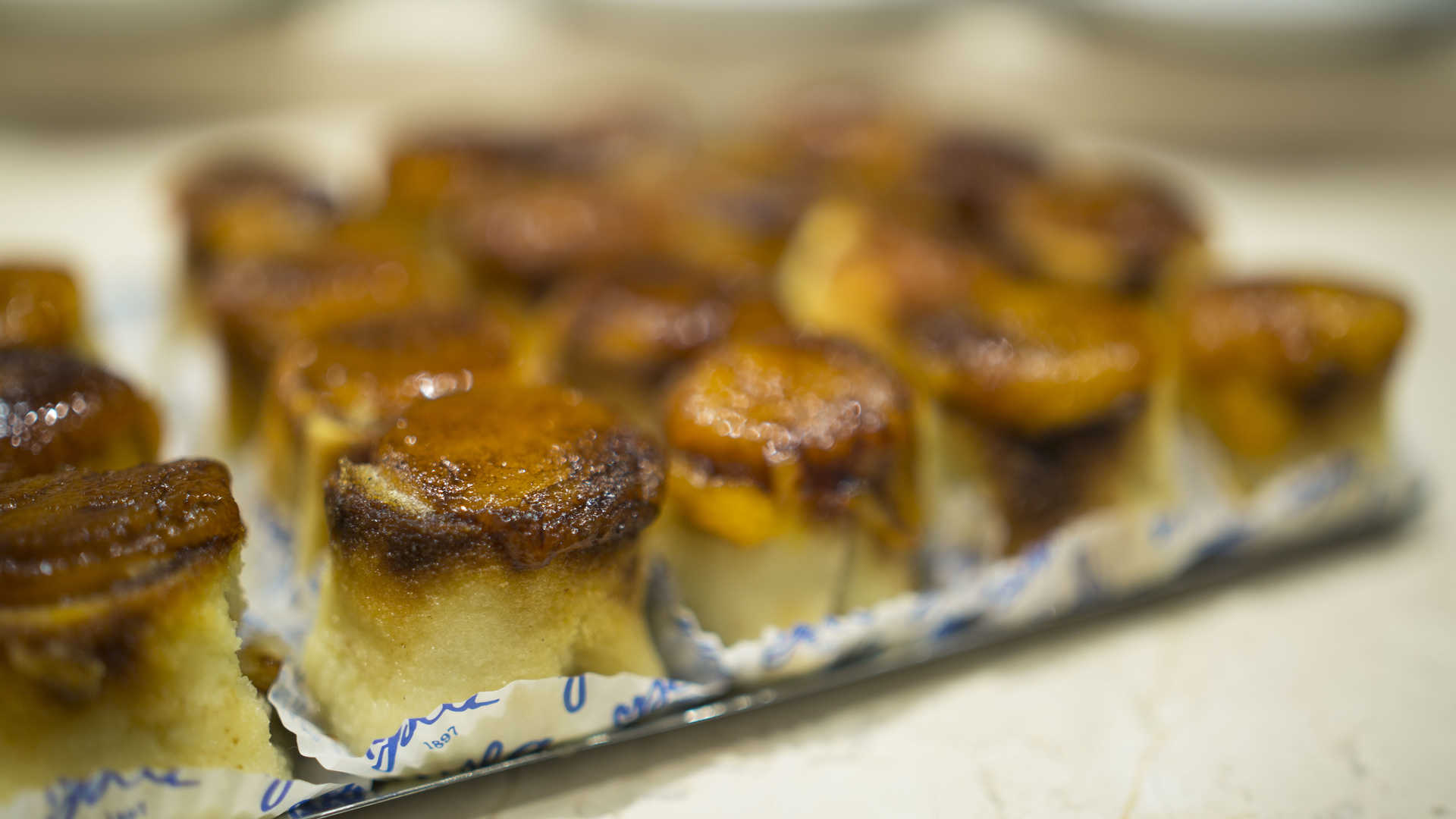
It is a small pastry with a delightful appearance, said to be inspired by Pope Pius IX. It comes in two parts: a base of sponge cake rolled up into a cylinder and crowned with toasted cream. It has a pleasant texture. And is cool and moist.
This popular dessert is freshly made each day in the traditional way in the pastry shop in Santa Fe. Don't accept imitations, just go for the real thing in Casa Isla in the city centre. It's the perfect size for eating in one bite. Finger-licking good!
Come to Cadiz and try the typical cakes: pan de Cadiz and gañote de Ubrique.
If you're visiting Cadiz you really have to try the pan de Cadiz. Don't be put off by its bread roll appearance, there's much more to this dessert. It is full of flavour. It is made from marzipan and caramelised fruit. It is only called "bread" because it looks like a loaf and is baked in the oven. It is eaten traditionally at Christmas, and is also sometimes called the nougat of Cadiz. You will find this dessert in lots of pastry shops like El Pópulo in the Calle Pelota, in the town centre.
If you are planning to see more of the province of Cadiz, you really have to try "gañotes". It is a typical pastry from the Sierra de Grazalema, although it originally comes from Ubrique. It is traditionally enjoyed at Easter but you'll find it throughout the year. It is made with eggs, cinnamon, sugar, lemon peel, olive oil and sesame. It is rolled up into a cane and fried.
A tip: If you like honey just trickle a little over your "gañote" before taking a bite.
Make a stop in the town of Almonte, in the province of Huelva, and discover the delicious "pezuñas" (lit. hooves).
The Hierro pastry shop, in Almonte, is one of the oldest in the town. It opened in 1954 and they still make pastries in the same traditional way as when they opened.
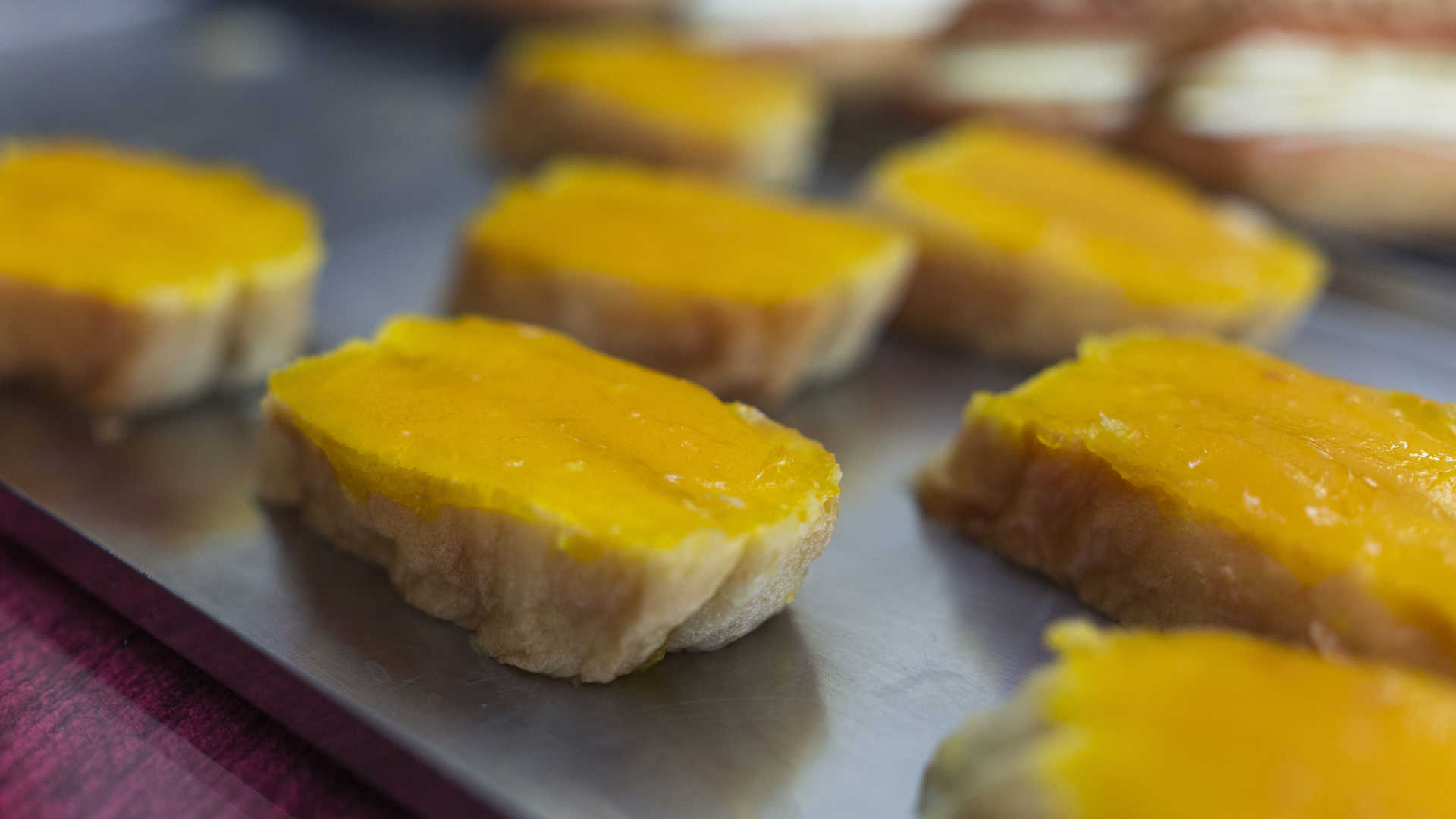
Here you'll find popular traditional desserts like "pezuñas", which as the name suggests, are in the shape of a horse's hoof.
In Úbeda and Baeza you'll find two traditional Easter desserts: the "rosco de Jesús" and the "hornazo".
Have you never been to Úbeda and Baeza? Don't hesitate for a second and take a stroll through their impressive historical town centres. Afterwards you can explore their pastry-making traditions.
At Easter they make two spectacular products which are very popular: the "rosco de Jesús" and the "hornazo". The "hornazo" is very unusual, is an olive oil cake crowned with a hard-boiled egg still in its shell in the centre. A good place to try them is the Paniaceite bakery, right in the centre of Úbeda.
Have you heard of the old "mostachera” tradition in Utrera.
In the province of Seville there is a town with an unusual traditional sponge cake: Utrera. Here you'll find the traditional "mostachón", a sponge cake with a Moorish origin. It is tender, soft, round and flattened out, perfect for dunking in your coffee or a cup of hot chocolate.
It is handmade with flour, honey, egg, cinnamon and sugar. It is baked on traditional brown baking paper.
In Utrera you'll find it in the delightful pastry-shop of Diego Álvarez, proud owner of a tradition dating back to 1880, and with Diego representing the fifth generation in the business.
Cordoba and exquisite Cordobese pastry. Try the most typical dessert in the province.
In Cordoba you will find it easy to try the most traditional dessert in the region: Cordobese pastry. You'll find it in most cafés and restaurants in the city. It goes perfectly with a coffee and it makes an excellent mid-afternoon snack for children.
It is a flaky pastry tart normally filled with squash preserve or citron. It is usually round and cut into slices. The El Triunfo cafeteria, right opposite the Great Mosque-Cathedral, make delicious Cordobese pastry.
While in Malaga you should try the "roscos fritos de naranja" (orange doughnuts) and the "torta loca" (traditional tart).
The star of the show in Malaga is the "rosco frito de naranja", an orange doughnut traditionally eaten at Easter. It is a home made recipe and very traditional, so why not try to make one yourself?

Would you like to find out what a typical Malaga pastry called "crazy cake" tastes like? Go to any pastry shop and ask for a "torta loca". It is two rings of flaky pastry with cream and the top glazed with orange. It is usually crowned with half a cherry. You can try one in a traditional pastry shop like Aparicio, located in the city centre.


